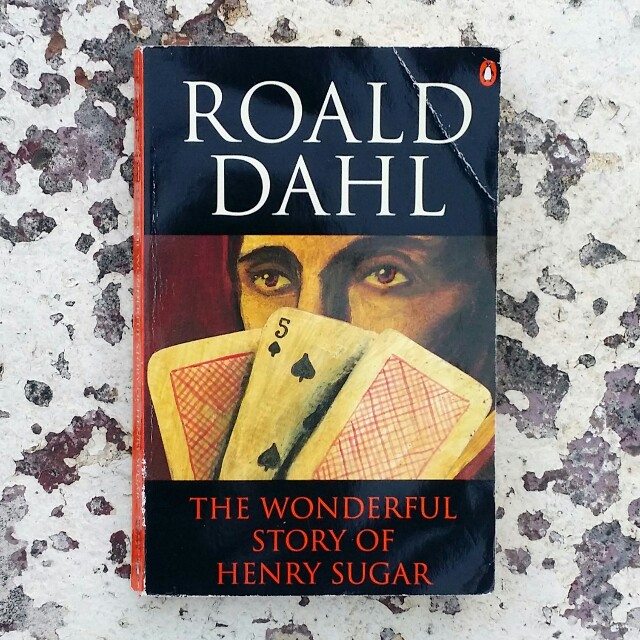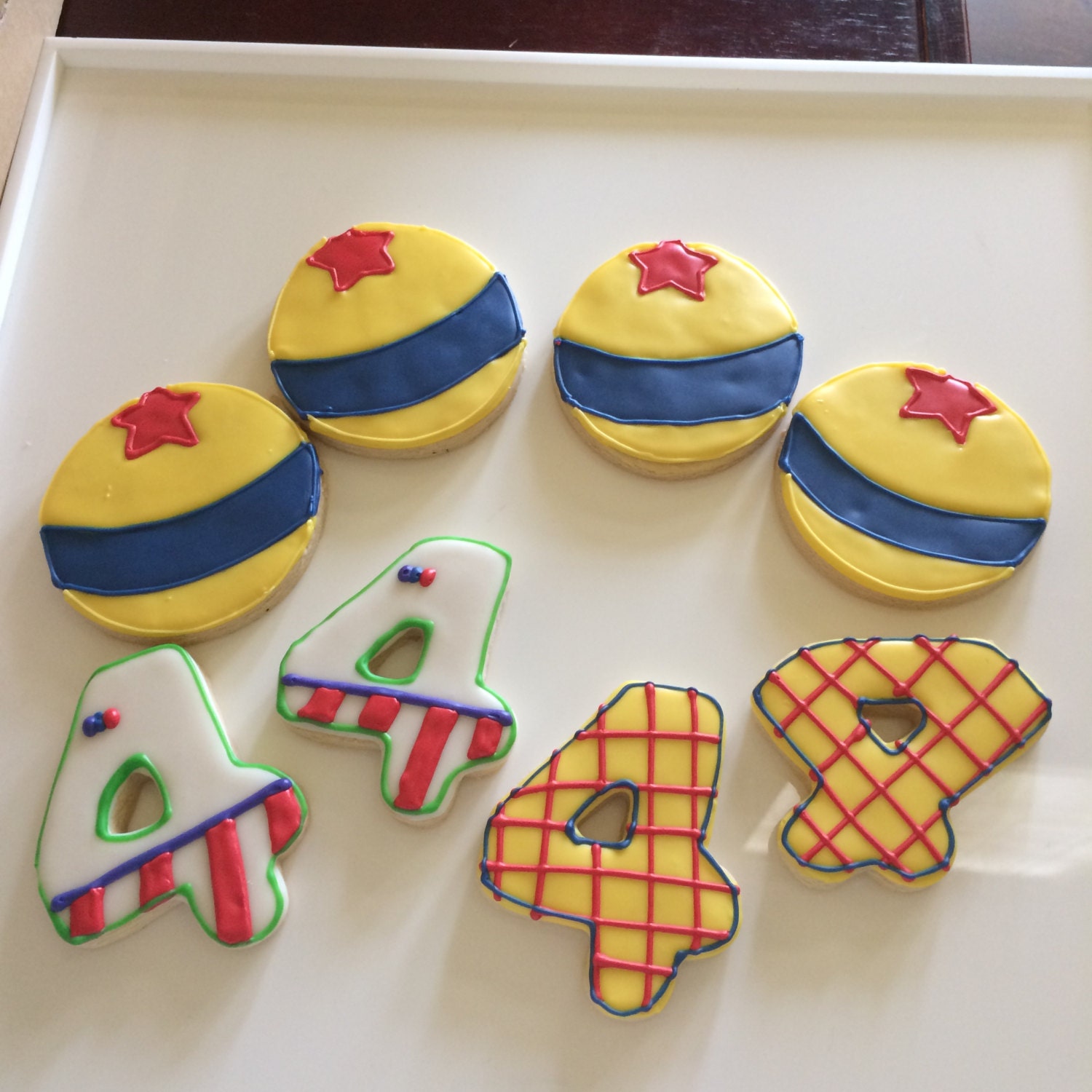
"Wherever they went, the Arabs brought with them sugar, the product and the technology of its production." By the sixth century AD, sugar cultivation and processing had reached Persia, and from there that knowledge was brought into the Mediterranean by the Arab expansion. India, where the process of refining cane juice into granulated crystals was developed, was often visited by imperial convoys (such as those from China) to learn about cultivation and sugar refining. From there it spread further into western Eurasia and the Mediterranean. It was also spread westward and northward by around 3,000 BP to China and India by Austronesian traders, where it further hybridized with Saccharum sinense and Saccharum barberi.

officinarum was spread eastward into Polynesia and Micronesia by Austronesian voyagers as a canoe plant by around 3,500 BP. officinarum may have gradually replaced it throughout its cultivated range in Island Southeast Asia.

It was one of the original major crops of the Austronesian peoples from at least 5,500 BP. Words for sugarcane exist in the Proto-Austronesian languages in Taiwan, reconstructed as *təbuS or **CebuS, which became *tebuh in Proto-Malayo-Polynesian. sinense was a primary cultigen of the Austronesian peoples. The second domestication center is mainland southern China and Taiwan where S. From New Guinea it spread westwards to Island Southeast Asia after contact with Austronesians, where it hybridized with Saccharum spontaneum. Beginning at around 6,000 BP they were selectively bred from the native Saccharum robustum. Saccharum officinarum was first domesticated in New Guinea and the islands east of the Wallace Line by Papuans, where it is the modern center of diversity. barberi in India dotted arrows represent Austronesian introductions sinensis in southern China and Taiwan, and S. Map showing centers of origin of Saccharum officinarum in New Guinea, S. Known worldwide by the end of the medieval period, sugar was very expensive and was considered a " fine spice", but from about the year 1500, technological improvements and New World sources began turning it into a much cheaper bulk commodity. The development of beet sugar, high-fructose corn syrup and other sweeteners in the 19th and 20th centuries.The spread of cultivation and manufacture of cane sugar to the West Indies and tropical parts of the Americas beginning in the 16th century, followed by more intensive improvements in production in the 17th through 19th centuries in that part of the world.The spread of cultivation and manufacture of cane sugar to the medieval Islamic world together with some improvements in production methods.


Sanskrit literature from ancient India, written between 1500 - 500 BC provides the first documentation of the cultivation of sugar cane and of the manufacture of sugar in the Bengal region of the Indian subcontinent. The derivation of the word "sugar" is thought to be from Sanskrit शर्करा ( śarkarā), meaning "ground or candied sugar," originally "grit, gravel". Sugar was first produced from sugarcane plants in India sometime after the first century AD. A sugarloaf was the traditional shape of sugar in the eighteenth century: a semi-hard sugar cone that required a sugar axe or hammer to break up and sugar nips to reduce to usable pieces.


 0 kommentar(er)
0 kommentar(er)
